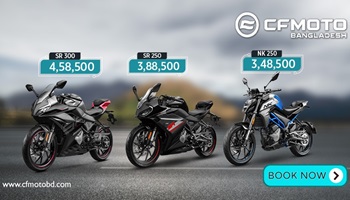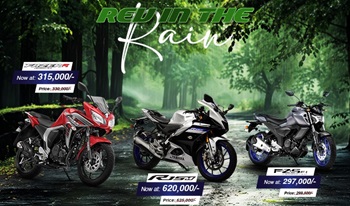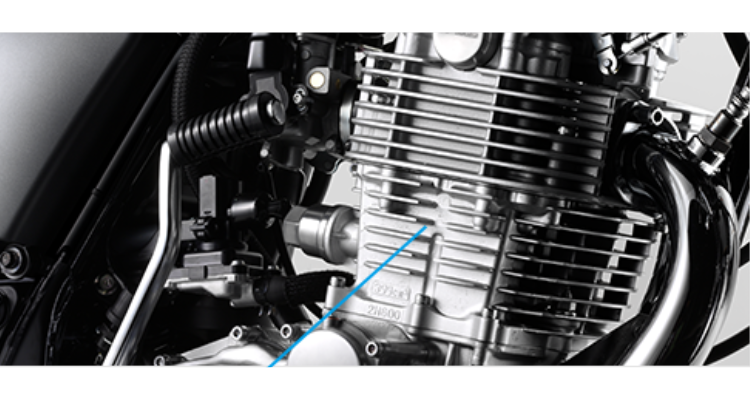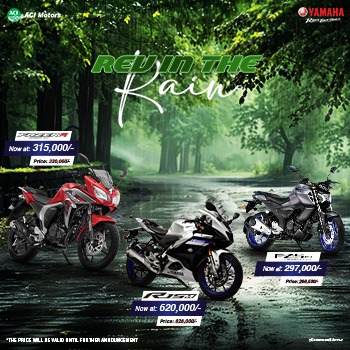Whether in motor car or two-wheeler motorcycle and scooter, the engine gets essential force by burning fuel to propel the vehicle ahead, during this process engine gets extreme heat and then it required to be cooled. In order to keep the engine at normal temperature there must be cooling system. If engine is called the powerhouse of any car or motorcycle then the integrated cooling system can be considered as the oxygen ventilation process. So cooling system plays a vital role in working the engine properly by keeping it suitable temperature, especially in summer-oriented places. Nowadays most of motorcycles are equipped with three conventional cooling systems: Liquid Cooled Engine, Oil Cooled Engine and Air Cooled Engine. In this article, we are about to evaluate how these cooling systems work and which one is better than others.
Liquid Cooled Engine
Liquid-cooled engine is very common in almost all sorts of motorcycles, scooters and other vehicles. Liquid-cooled engine uses water to cool itself, obviously not regular water rather than contain special alcohol to prevent freezing and rusting. There are also mounted a radiator and fan (sometimes not) and a dedicated pump for the coolant which is constantly circulated through passages. The pump drives out hot water from the engine and passes it to the heat exchanger radiator, with the contact of natural air flow the driven water gets cool and the cool liquid returns to the channel back. This process reduces heat and assists the engine for its operation with full phase.
Usually most of the flagship sports motorcycles like Yamaha R15, Suzuki GSX-R and other popular sports bike are quipped with liquid-cooled engine
Advantages of Liquid Cooled Engine
- Keeps the engine cooler than the rest
- Serves for a long time and has low maintenance
- More efficient than air-cooled and oil-cooled engines
Disadvantages of Liquid Cooled Engine
- After a certain period radiator chamber got spoiled due to containing coolant
- Sometimes the radiator can’t hold enough water against the need
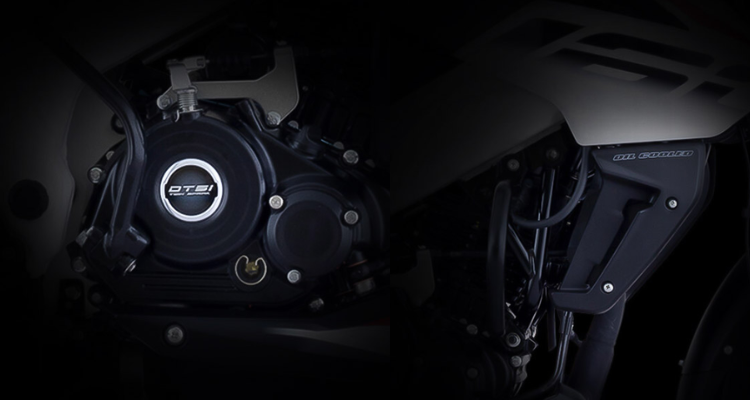
Oil Cooled Engine
Oil Cooled Engine works similarly to Liquid Cooled Engine, this is why Oil cooled engines are also kind of liquid or water-cooled engines. After that still have some subtile differences between the two. Oil Cooled Engine comes with an external radiator which is connected by two elastic tubes to the engine. During internal operation, the engine and the lubricant (engine oil) get extreme heat and need to cool. A certain amount of hot lubricant (200 ml approx) passes to the radiator through the tube and, after getting cool returns back to the engine through another tube. The radiator mounts font-facing and sometimes are accompanied by fans, with the contact of air the lubricant gets a suitable temperature with ease. The processes remain in action until the whole lubricant gets cool. This operation helps to reduce temperature and assists the engine in producing maximum speed without any obstacles.
Most of the prominent motorcycle brands embrace Oil Cooling system to decorate the motorcycle engine, this cooling system is very efficient for better mileage alongside free maintenance costs.
Advantages of Oil-Cooled Engine
- Lower maintenance cost
- Simple design and accompanied by minimum parts
- Conventional technology
- Lightweight and comparatively cheaper than others
Disadvantages of Oil-Cooled Engine
- Not applicable for higher cc sport motorcycles
- Cripple for long-distance traveling.
Air Cooled Engine
Air-cooled engine is mostly seen in 100 to 200 cc motorcycles, especially in tropical regions. Engine outer shield is designed with as much as fins to absorb air, because of direct contact with natural air the engine surface gets cool and dynamically cools the engine. This is very common and simple process to keep the engine cool but fully faired motorcycles and scooter’s engine is covered up by plastic body frames then external fans provide essential air to cool the engine. Air cooling system is very convenient method as it doesn’t need any parts and spares, only the engine surface area provides the air pass-over and brings the temperature down.
Advantages of Air-Cooled Engine
- Very comfortable and user-friendly
- No maintenance cost
- Cheaper and easier to manufacture
Disadvantage of Air-Cooled Engine
- Sometimes engine effected
- Not appropriate for high-performance bike
- Minimum efficient
Final Verdict
In fine, above all discussion, it is crystal clear that air cooling system is very conventional and primitive which is neither much expensive nor suitable for modern higher cc motorcycles. Air cooling process is adequate for comparatively lower cc commuter and executive bikes.
In contrast, oil-cooled engine is much better than the previous one, comes with additional equipment and gradually cools the engine with engine oil. Oil cooling system may be the best alternative to air cooling system for commuter bikes but still cripple for higher cc sport motorcycles.
Liquid-cooled engine is the best option for super sports motorcycles, as higher cc motorcycles produce maximum speed, simultaneously engine also gets extreme heat soon and needs cooling. The liquid cooling system is equipped with dedicated coolant, pump, and radiator chamber all together work to reduce engine temperature immediately. So this a two times faster process than air and oil cooling systems. Most of the higher cc motorcycles adopt liquid cool engines instead of air or oil cooling systems for maximum performance.









